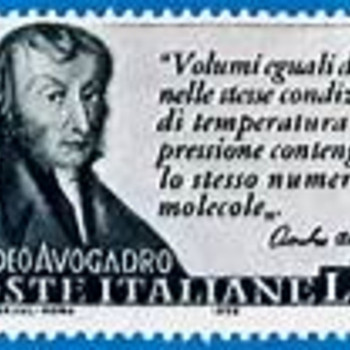#"Dalton's Law of partial pressures........."# states that in a gaseous mixture, the partial pressure exerted by a component gas is the same as the pressure it would exert if it ALONE occupied the container. The total pressure is the sum of the individual partial pressures........
And so we works out.....
#n_(CH_4)="Mass"/"Molar Mass"=(8*g)/(16*g*mol^-1)=1/2*mol#
#n_(H_2)="Mass"/"Molar Mass"=(2*g)/(2.0*g*mol^-1)=1*mol#
And thus we have #3/2# moles of gas, THAT WE ASSUME to BEHAVE IDEALLY. Since we know (or should know) that 1 mole of Ideal Gas occupies #22.4*L# under standard conditions.....(and this should be given as supplementary material on any exam paper).
#V_"gaseous mixture"=3/2*molxx22.4*L*mol^-1=33.6*L#
Oh, and by the way, #1*L-=1*dm^-3#. Just to expand a bit on this, I thought it might be useful to explain the equivalence of #1*L# and #1*dm^3#. Now chemists commonly use #"litres"# as they are convenient units, and of course they also use #"cubic centimetres"# which are equivalent to #"millilitres"#; #1*cm^3-=1*mL#.
Now #1*m^3# is an impossibly large volume, and this is equal to #1000*L#, which is also equal to #1000*dm^3#. If you ever shift #4-5*m^3# of concrete, this is a hot and hard day's work.
Now #1*dm^3=1xx(10^-1*m)^3# (i.e. the #d# means #"deci"#, i.e. #xx10^-1#), and so #1*dm^3=1xx(10^-1*m)^3=1xx10^-3*m^3# #-=1*L# as required.

